Why Read This Article?
Finish Nailer Repair - Replacing the Driver Guide (Ridgid Part # 79004001022)
Article Breakdown
Finish Nailer Repair - Replacing the Driver Guide (Ridgid Part # 79004001022)
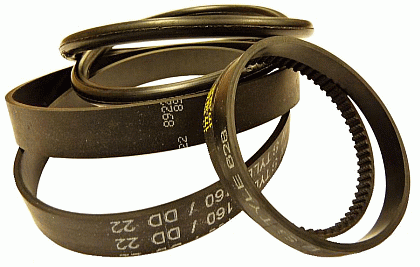 This is because agitator brush systems are responsible for the large majority of cleaning done by vacuums that include them in their design. Brush rollers literally beat dust and debris out of carpet so the vacuum can collect it with its suction.
Self-propelled vacuum models use a second belt to power their drive systems.
We explain vacuum belt type basics below and offer some suggestions for correctly matching replacement belts in any vacuum model.
This is because agitator brush systems are responsible for the large majority of cleaning done by vacuums that include them in their design. Brush rollers literally beat dust and debris out of carpet so the vacuum can collect it with its suction.
Self-propelled vacuum models use a second belt to power their drive systems.
We explain vacuum belt type basics below and offer some suggestions for correctly matching replacement belts in any vacuum model.
Why Do Vacuum Belts Break?
- normal wear
- wrong belt installed
- improper belt installation
- an obstruction in the brush roller
Vacuum belts are wear parts, parts designed for regular replacement. The amount of time between vacuum belt replacements is mostly determined by the type of belt that the vacuum uses and by how much use the vacuum sees. Most vacuum belts are made of rubber that stretches and loses its elasticity during operation. As a belt stretches and become loose on its brush roller, the brush will begin to turn more slowly and eventually not at all, severely decreasing the cleaning power of the machine.
[Back to top] Other Causes for Vacuum Belt Breaks
Vacuum belts can also break or wear rapidly for reasons other than normal wear. Installing the wrong size belt and improper installation of a correctly-matched belt are two common reasons for frequent breaks. An obstruction in the brush roller is the most common cause of preventable vacuum belt failures. An obstruction in the brush roller puts strain on the rubber belt, causes it to heat up, stretch, and make an awful smell before it finally snaps. Anything that restricts or stops the movement of a vacuum's brush roller can cause the belt to break. The most common vacuum brush roller obstructions are:
- sucking up loose carpet, especially carpet corners
- a severely dirty agitator brush area
- hair, string, or and other debris that can wind around the brush
The major types of vacuum belts are determined by their different shapes. As vacuum designs have improved over the years, new belt shapes have been developed to increase both their durability and their ability to transfer power from the vacuum's motor.
Round Belts-
Tube-shaped round vacuum belts are the oldest type still in use today.
Stretched between a vacuum's motor and its brushroll, round belts use their elastic tension to stay correctly positioned and transfer to power to the brush roller.
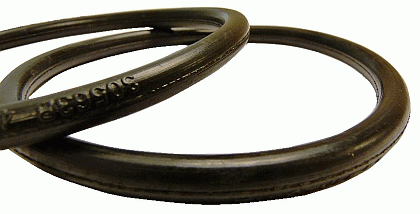
Replacement Period: about 3-6 months (non-commercial)
Flat Belts-
Flat vacuum belts are the the most common type of belt in use today.
Flat belts have more contact area to the motor shaft and the brush roller than round belts, making them more efficient and slip-resistant.
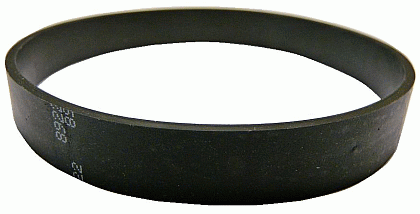
Like round belts, flat belts fit tightly in their position but continue to stretch with time and vacuum use.
Most flat belts today are manufactured with tougher synthetic materials that make them more durable than round belts.
Replacement Period: about 6-9 months (non-commercial)
Cogged Belts-
These are also called "geared" belts. Cogged vacuum belts have a teeth along their inside side which fit snugly into a sprocket on the brushroll.
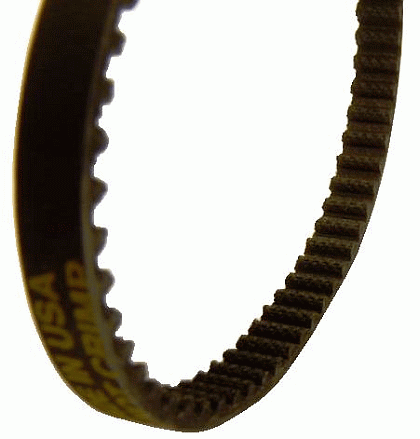
This design allows the belt to transfer energy from the vacuum motor much more efficiently than older designs.
And because geared belts are not installed or held into place with tension, they stretch much more slowly than round and flat belts.
Replacement Period: about 1-2 years (non-commercial)
V-Belts-
V-belts make a "V" shape as their width tapers in toward their inner side. They are very similar to the kinds of belts commonly used in lawn mowers and other small engine machines.
Like geared belts, v-belts improve upon previous belt styles by increasing the contact area between the belt and the brush rollers.
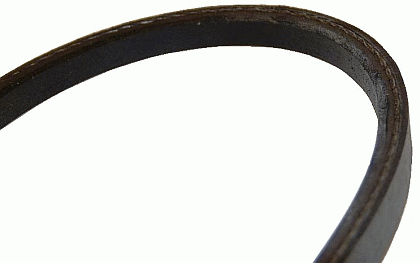
Specially shaped v-belts fit into a matching groove in their brushrolls, creating three contact surfaces. Like cogged belts, v-belts are not held into place with tension and they are often reinforced with additional strengthening materials.
Replacement Period: about 1-2 years (non-commercial)
[Back to top]
How to Match a Replacement Vacuum Belt
Like with any other tool or machine part replacement, getting an exactly matching vacuum belt is critical to the performance of the vacuum.
Every vacuum belt design specification and detail is engineered to deliver the right amount of tension and power to its matching model.
Even the small differences between similar but not exactly matching belts can sharply affect vacuum performance.
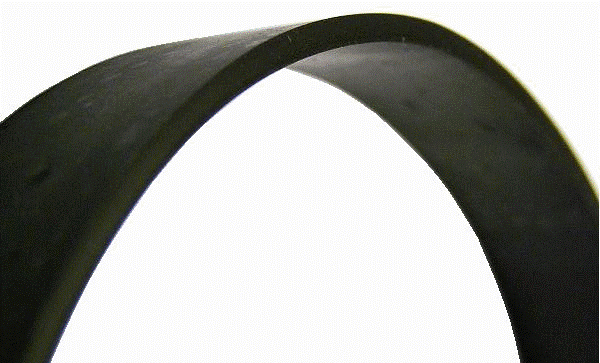
Because vacuum manufacturers do not share a standardized naming system for vacuum belts, using your vacuum's model number is the best way to ensure an accurate belt order.
Using your vacuum manufacturer's naming system isn't a bad idea if you're familiar with it and know the number/name or your vacuum's belt, but relying on the vacuum model number simplifies all of that for many vacuum owners.
[Back to top]
Conclusion
To find a replacement agitator belt for your vacuum, enter its model number in the search field at the top of this page. Your model search will direct you to your vacuum's parts page complete with breakdown diagram and parts list.
If you have it saved from a previous belt replacement, you can also use the belt's part number to navigate directly to its part page.
Finally, you can also visit eReplacmentParts.com's Vacuum Belts accessories page to see our entire inventory of vaccum belts. Our clickable search features at the top of the page allow customers to narrow search results by belt specifications.
[Back to top]
What we're about.


















































